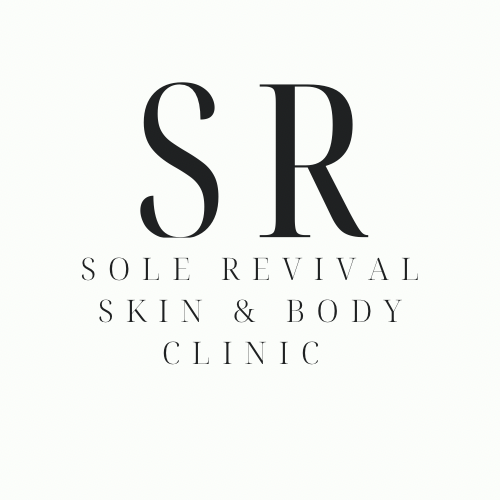K-Beauty Meets Clinical Science: My First Look at Dr.esthé Spicule Treatments
K-Beauty Meets Clinical Science: My First Look at Dr.esthé Spicule Treatments
(Currently under evaluation for Sole Revival Skin & Body Clinic)
You know me — I’m always looking for advanced treatments that are both effective and kind to the skin, and I’ve been watching the growth of Korean cosmedical science with interest. One name that’s creating a buzz in professional skincare circles right now is Dr.esthé — a Korean leader in spicule-based facials.
Spicules are tiny, needle-like structures derived from hydrolysed freshwater sponge. They sound intense, but the idea is to gently trigger skin renewal — stimulating collagen production, refining texture, and enhancing active ingredient absorption — all with minimal downtime and no machines. Think of it as a “liquid microneedling” approach, with results visible after just one session.
What caught my attention is that Dr.esthé’s formulas are developed alongside more than 100 dermatologists and are already in use in over 3,000 clinics worldwide. Their spicules are sourced from European freshwater sponge, processed to be biocompatible and consistent, then combined with clinically proven actives like peptides, niacinamide, pearl powder, and volcanic ash.
There are two protocols I’m currently looking at:
DR SPI-CURE – A 50-minute in-clinic treatment with one million spicules and peptides, designed to smooth texture, support firmness, and improve skin function.
PEEL-N-GLOW – A five-million spicule protocol available in two targeted versions:
Brightening & pigment reduction
Congestion & blemish-prone skin
Both options are enriched with botanical and mineral actives for extra skin benefits.
From a clinic owner’s perspective, there are a few things I like about this technology — the results are designed to be visible quickly, the downtime is minimal, and the protocols can be adapted to suit a variety of skin concerns. That said, I also want to understand the sensation, recovery, and long-term benefits before deciding whether it’s the right fit for Sole Revival.
My next step? I’ll be doing my own research, trialling the treatment, and assessing how it could sit alongside our existing results-driven facials. If it meets my standards for efficacy, safety, and client experience, it might just earn a place on our treatment menu.
For now, consider this your VIP sneak peek into what could be the next evolution in skin resurfacing at Sole Revival. I’ll keep you posted.
— Jules O’Driscoll BA Hons Complementary Healthcare

